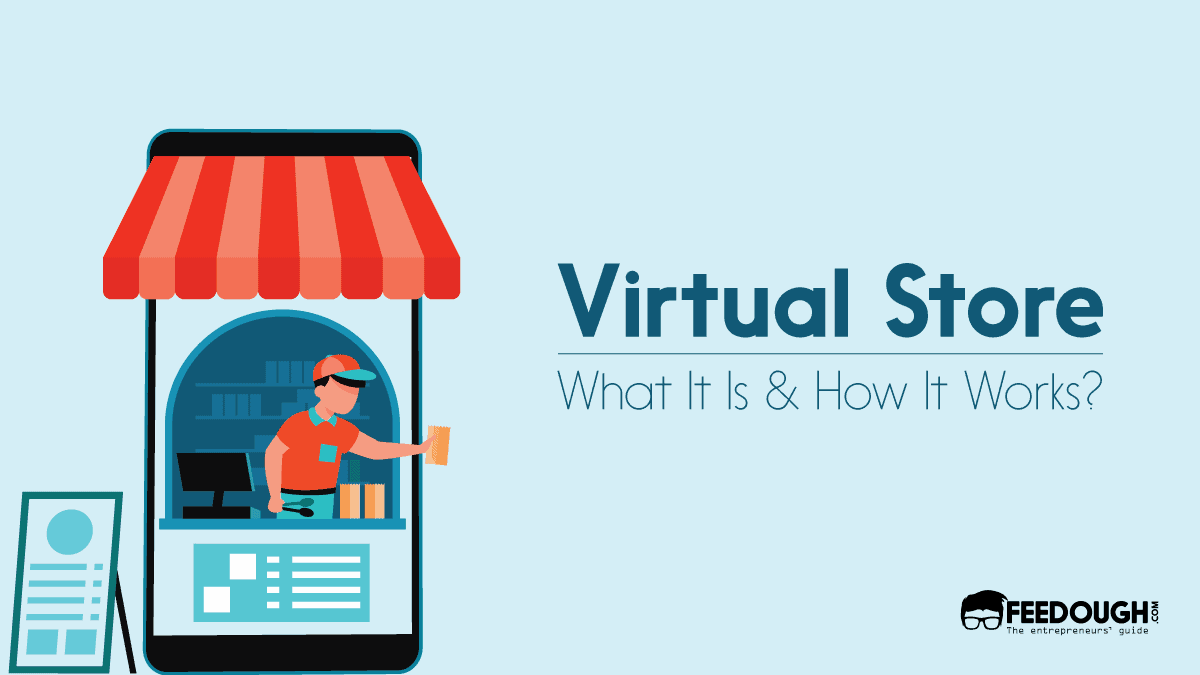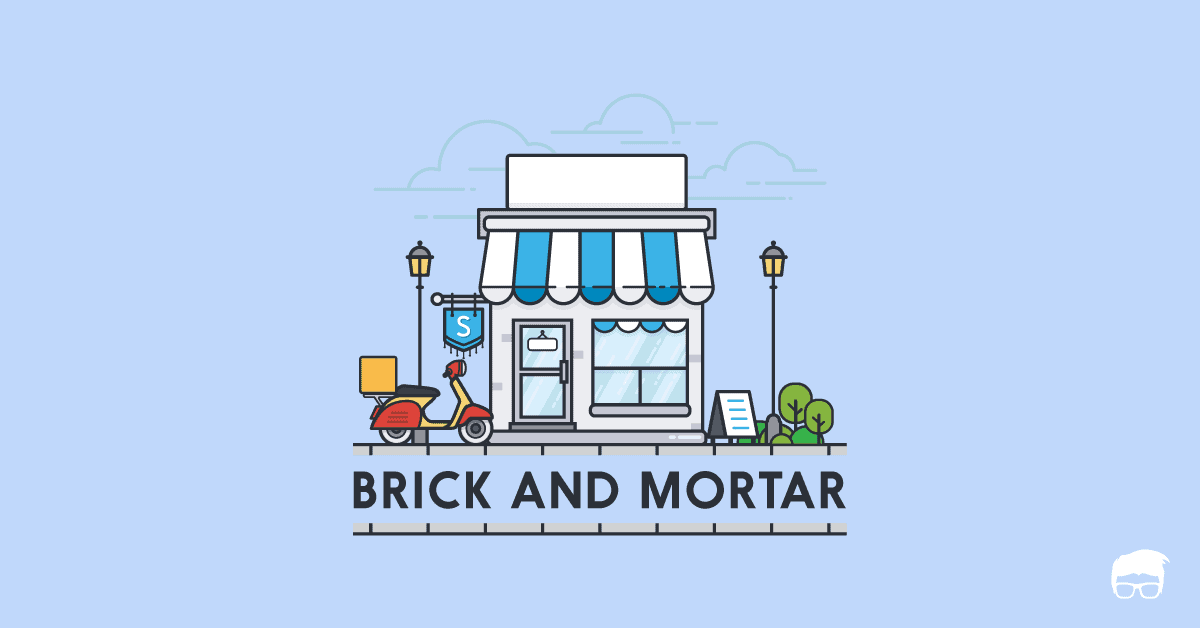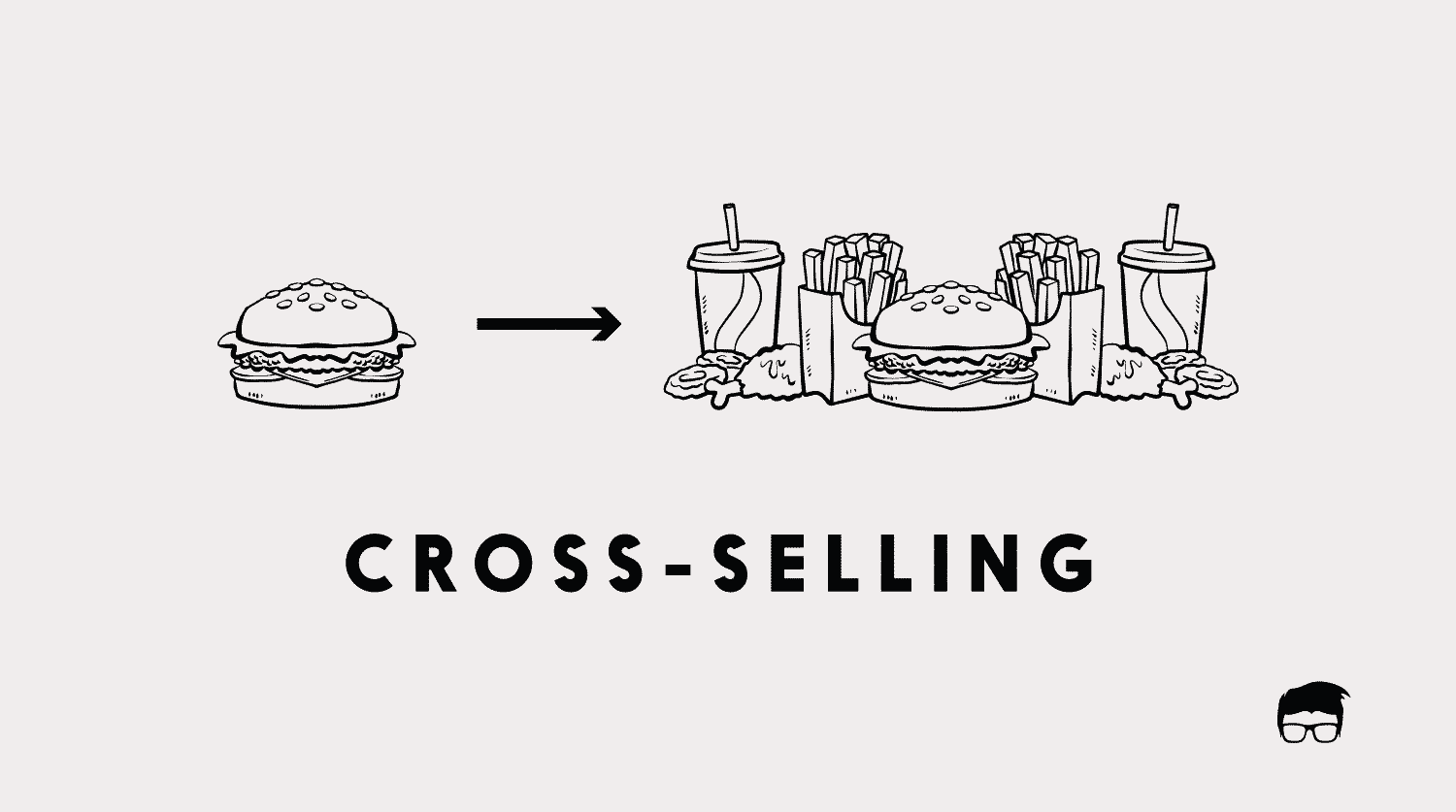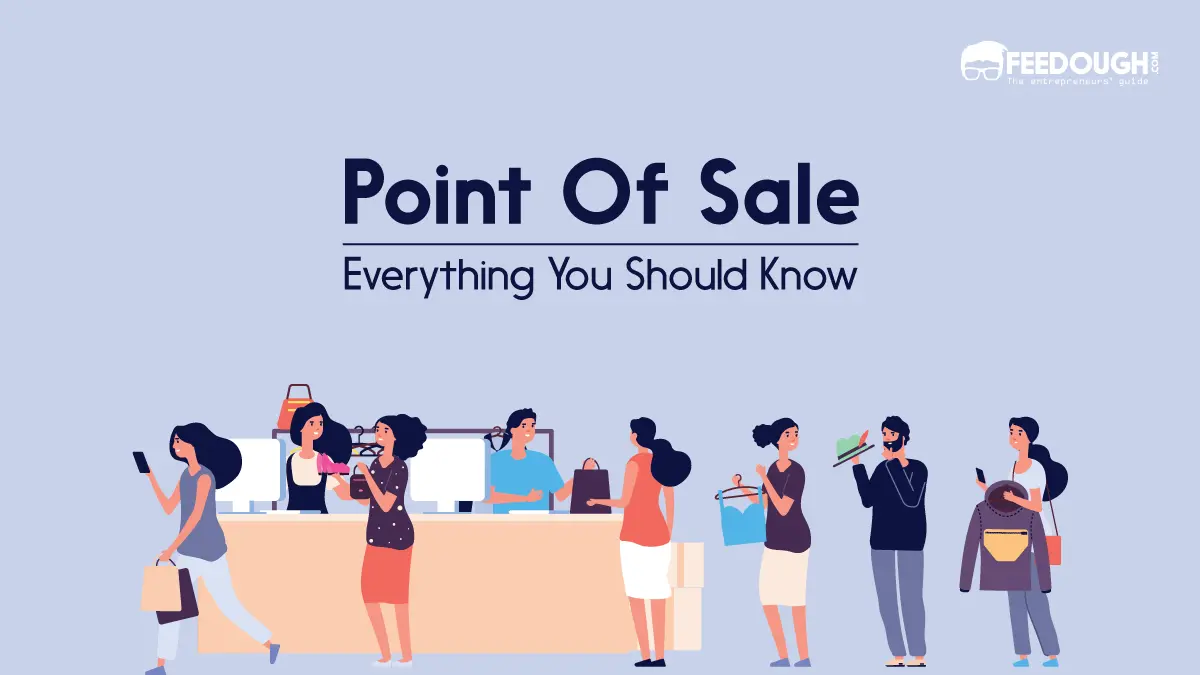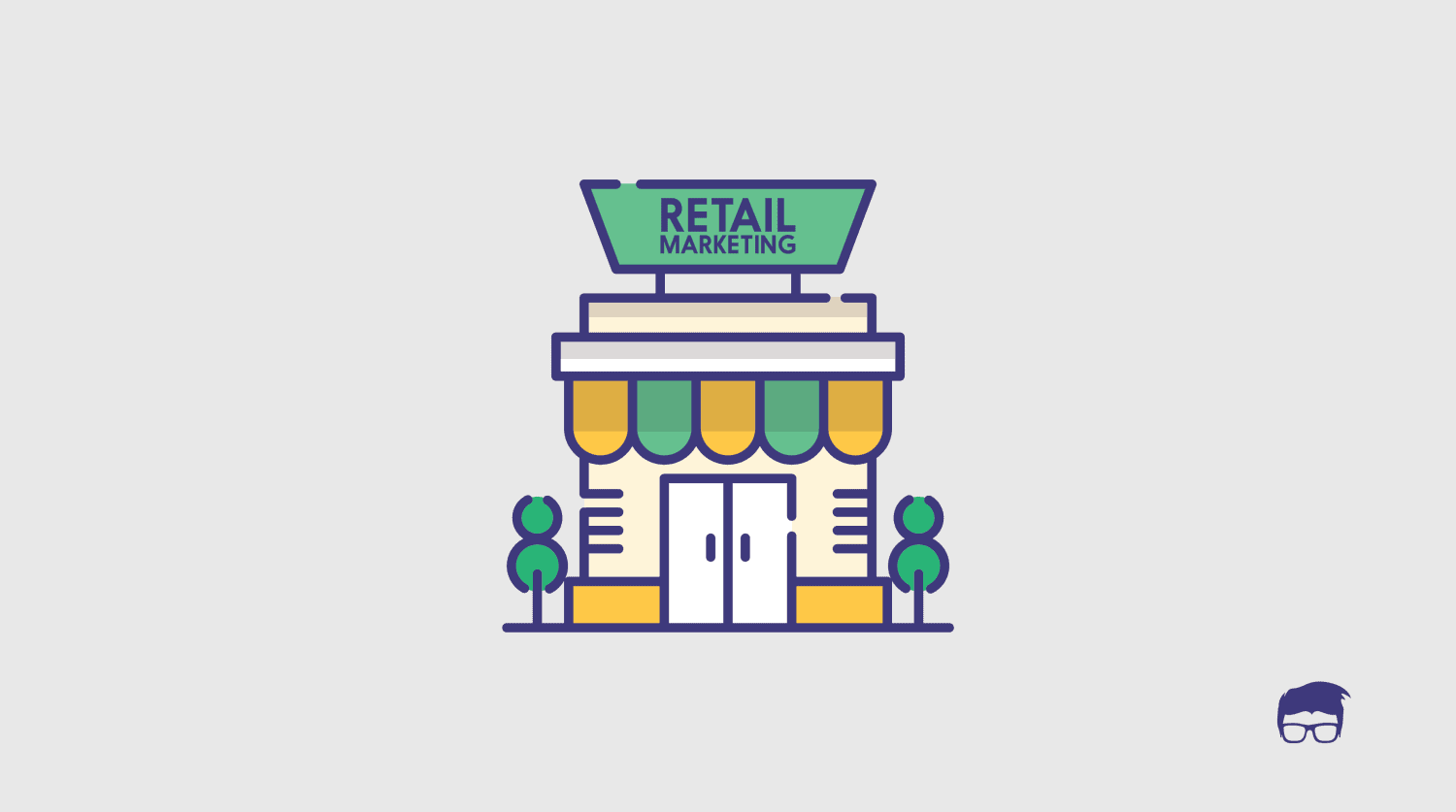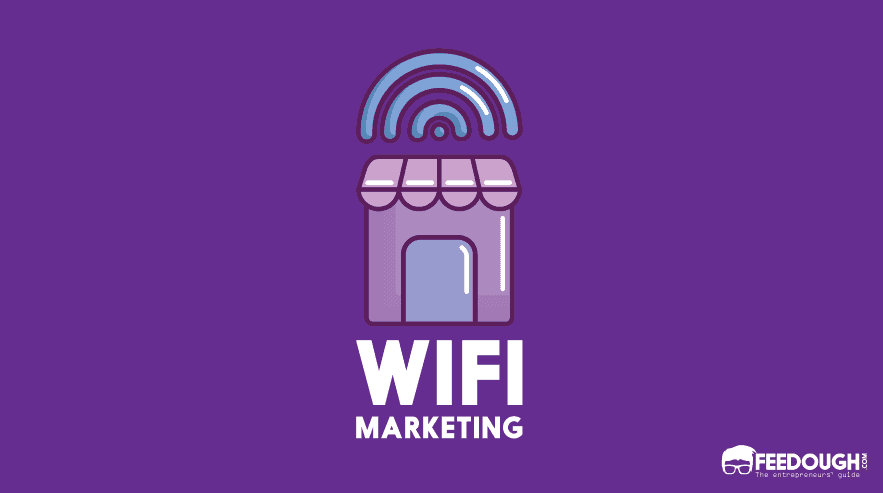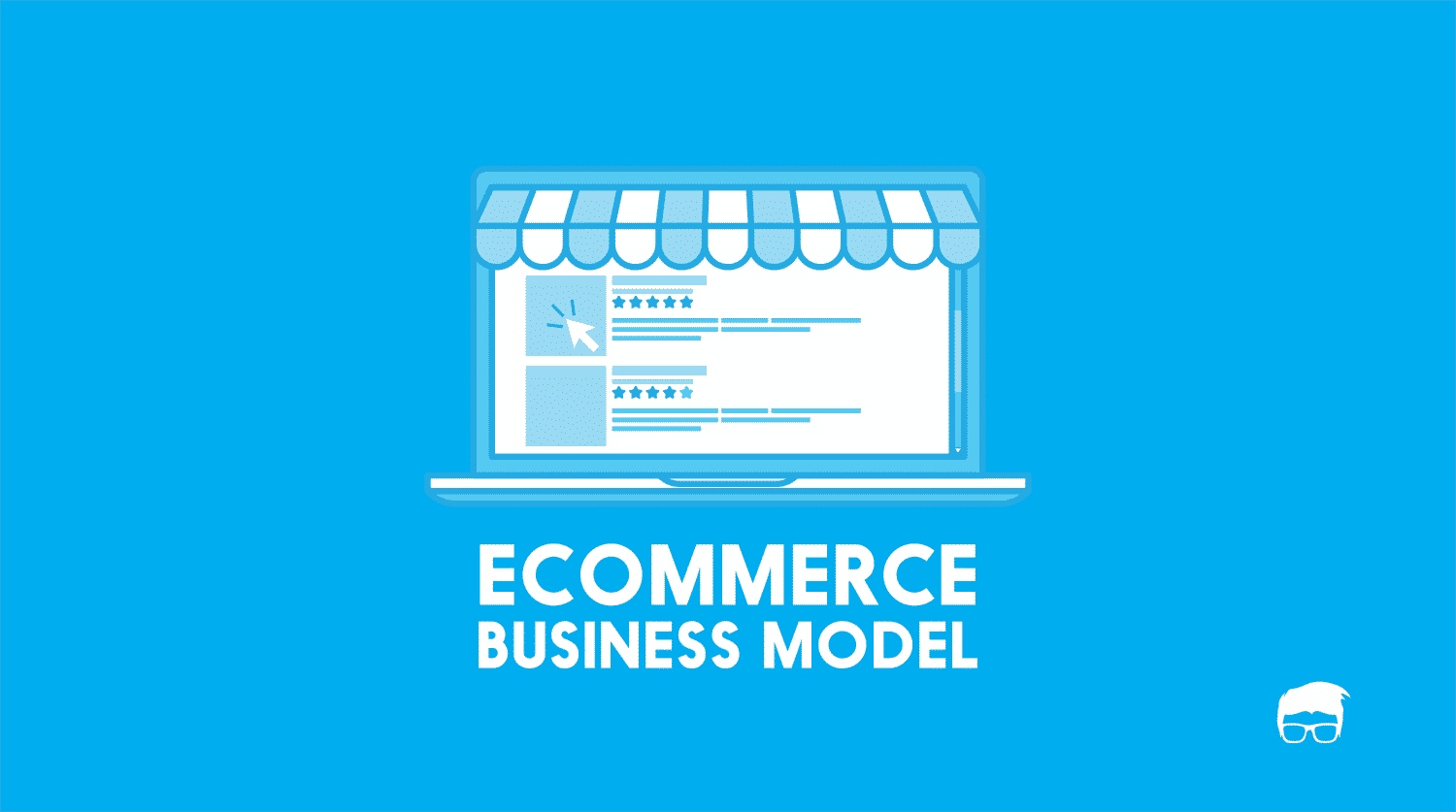Ecommerce has disrupted the retail sphere as customers know it. However, it also took away the immersive experience from the traditional shopping experience. Even though online sales are predicted to cross $6 trillion by 2024, there’s a huge aspect that’s missing from it.
Human beings crave that in-person interaction with humans and even materialistic things. It’s one of the many reasons why brick-and-mortar stores are still relevant. However, it looks like ecommerce is trying to make a comeback with virtual stores.
What Is A Virtual Store?
A virtual store is an ecommerce experience powered by extended reality tools bridging the gap between digital and real-life shopping.
These tools can be anything from 3D modelling, virtual reality, holographic displays, or augmented reality. It’s a way to give shoppers the feeling that they’re actually in the store, which is immersive and allows them to see what their purchase looks like and interact with sales associates in real-time.
How Does A Virtual Store Work?
Different brands take different approaches to develop a virtual store. For example, IKEA has a Place app that allows customers to place virtual furniture in their homes to see how it looks before buying it.
Other brands like Rebecca Minkoff are using augmented reality in fitting rooms so shoppers can see how an outfit looks on them without even trying it on.
Some brands even create virtual reality experiences to give customers a taste of their products. For example, L’Oreal created a virtual reality hair salon so people could try out different hair colours and styles before they commit to it.
The main objective of virtual shopping is to give shoppers a realistic experience of the product before purchasing. This is beneficial for both the customer and the retailer as it helps reduce returns and increases customer satisfaction.
Types Of Virtual Stores
The physical touch of retailing while being virtual is what virtual stores strive for. They try to fulfil this goal by providing an immersive and realistic experience to the customers.
There are seven types of virtual stores in existence today. These are:
Virtual Try-On
This is one of the most popular types of virtual stores. It allows shoppers to try on products without even physically touching them. This type of store uses AR or VR technology to give shoppers a realistic experience of what the product would look like on them.
One example of a company using this type of store is Lenskart. They have an AR try-on feature on their website and app that lets shoppers try on different types of glasses and sunglasses.
Virtual Try-Out
Virtual try-outs are similar to virtual try-ons, but they allow shoppers to place virtual items in their real-world environment to see how they look.
This type of store is beneficial for shoppers who want to buy things like furniture or home décor. IKEA’s Place app is a good example of this.
Visual Search
Visual search is a type of virtual store that allows shoppers to search for products using an image instead of words.
This type of store is beneficial for shoppers who know what they want but don’t know its name. Myntra’s image search feature is an excellent example of this.
Virtual Reality Store
A virtual reality store is a type of virtual store that uses VR technology to create an immersive and realistic virtual experience for shoppers.
Customers access the store through a VR headset and are transported to a virtual world where they can interact with products and make purchases.
One example of a company using this type of store is Walmart, which started developing its shopping experience in the metaverse.
360-degree Product View
A 360-degree product view is a type of virtual store that allows shoppers to see a product from all angles.
In simple terms, it’s the 3D version of an actual product. The customer can zoom in, rotate, and inspect the product from all angles.
It offers a great experience for shoppers who want to see a product in detail before they make a purchase. Amazon’s 360-degree view feature is a good example of this.
3D Webstores
A 3D webstore is a 3-dimensional webstore experience on an e-commerce website instead of a simple catalogue.
The main objective of this type of store is to provide an immersive and realistic experience to shoppers. It uses 3D product images, 360-degree view, and other visual elements to give shoppers a realistic experience of the product.
One example of a company using this type of store is Wayfair. They have a 3D room planner on their website that lets shoppers see how furniture would look in their home before they make a purchase.
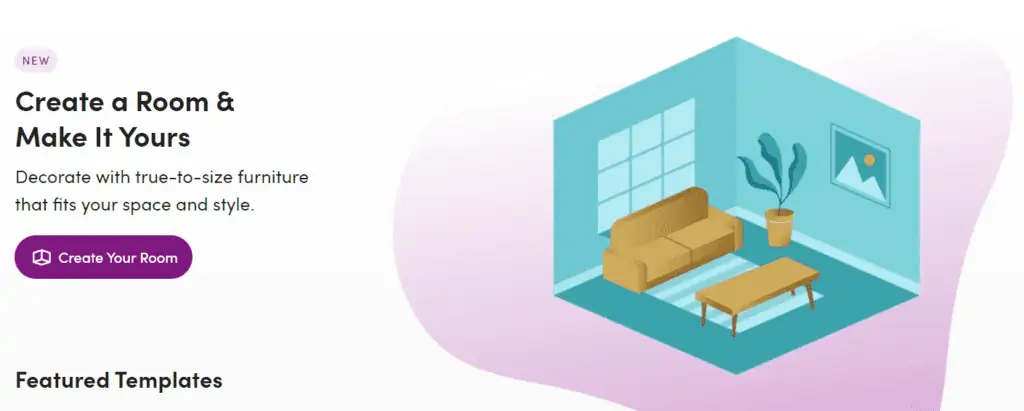
Video Interactions
Several brands have included video interactions and consultations on their online stores to replicate 1:1 in-store shopping experiences virtually.
It’s perfect for shoppers who want to have a human interaction before they make a purchase. It also helps build trust and credibility with the shopper.
An example of a company using this type of store is Credo Beauty. They offer one-on-one video consultations with their experts to help shoppers choose the right products for their skin type.
The Benefits Of A Virtual Store
Virtual stores bridge the gap between the online and offline world. They provide a realistic experience of the product to shoppers and help them make an informed decision.
Some of the benefits of a virtual store are:
- Added human touch: Several virtual stores offer video consultations and 1:1 interactions to replicate an in-store shopping experience. This added human touch helps build trust and credibility with shoppers.
- Informed decisions: Virtual stores provide a realistic experience of the product to shoppers. They can see how the product looks, feels, and works before they make a purchase. This helps them make an informed decision.
- Reduced costs: Virtual stores are cheaper to set up and maintain than physical stores. There is no need for rent, inventory, or staffing costs.
- Improved customer experience: Virtual stores provide an immersive and realistic experience to customers that help them make informed decisions.
- Increased sales: Virtual stores have been known to increase sales by up to 30%.
- Flexibility: Virtual stores can be set up anywhere in the world and are not limited by geographical boundaries.
- Increased word-of-mouth: Virtual stores are still a new concept and shoppers are likely to talk about their experiences. This can help generate word-of-mouth marketing for the brand.
The Disadvantages Of A Virtual Store
Despite the benefits, there are some disadvantages of a virtual store that should be considered:
- Requires high-speed internet: A virtual store requires high-speed internet to work properly. If the shopper’s internet connection is slow, they may not be able to experience the store’s full potential.
- Limited to certain products: Virtual stores are mostly used for products that can be experienced digitally. For example, clothes, furniture, and cosmetics. It’s not suitable for products that need to be felt or touched before purchase, such as food.
- High initial investment: Virtual stores require a higher initial investment to set up than a physical store. This includes the cost of 3D models, 360-degree product photography, and development costs.
- May not be able to replicate the in-store experience: Some shoppers still prefer the in-store experience of trying on clothes or testing cosmetics before they make a purchase. Virtual stores may not be able to replicate this completely.
Virtual Stores Examples
Several brands have already started using virtual stores to give shoppers a realistic experience of their products.
Here are some of the examples of branded virtual stores:
Ralph Lauren
Ralph Lauren offers several faithful online walk-throughs of its stores. Customers can explore the entire store, see how products are displayed and experience the in-store ambience without leaving their homes.
IKEA
IKEA’s virtual store is a 3D replica of its real-life store. Shoppers can explore different room sets, see how furniture looks in different settings and find products they’re looking for.
Besides this, IKEA also offers a virtual reality app that lets shoppers experience what it’s like to furnish their homes with IKEA furniture.
Sephora
Sephora has creatively leveraged AR and AI to let shoppers virtually try on makeup products. The app uses AI to scan the shopper’s face and then recommends products for their skin tone and type.
The company even has an innovation lab dedicated to developing new technologies for improved customer experience.
Go On, Tell Us What You Think!
Did we miss something? Come on! Tell us what you think about our article in the comments section.
A startup consultant, digital marketer, traveller, and philomath. Aashish has worked with over 20 startups and successfully helped them ideate, raise money, and succeed. When not working, he can be found hiking, camping, and stargazing.
